Equipment
-

High levels of dust in cage-free poultry house air can carry airborne microorganisms and endotoxins that, once inhaled, may trigger respiratory diseases in animals and/or their caretakers. Mitigating dust levels is imperative to protecting the health and well-being of the animals and their caretakers and improving the environmental stewardship of cage-free layer farms. Studies have concluded that good manure management and proper ventilation can alleviate dust problems. Mitigation strategies have various levels of effectiveness, but some are cost prohibitive. Selecting the right dust control strategy should consider poultry types, housing design, local climate, and litter/bedding management strategies.
Casey W. Ritz and Lilong Chai
|
-
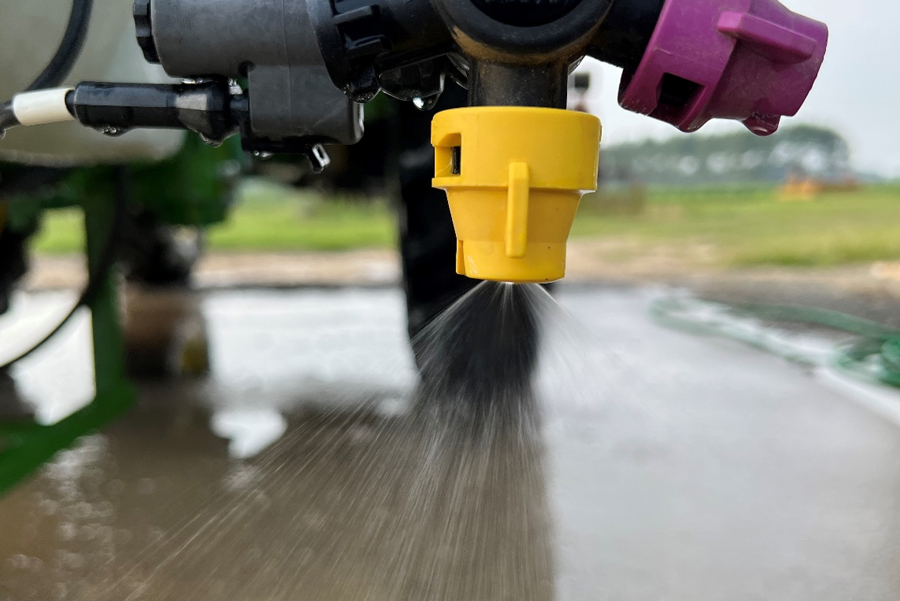
Pulse width modulation (PWM) technology is becoming a standard option on most new agricultural sprayers because of its ability to precisely regulate both flow rate and pressure over a wide range of travel speeds. This publication provides information on nozzle selection for sprayers equipped with PWM technology, including how to use PWM nozzle selection/tabulation charts, other useful online tools, and considerations for effective pesticide applications.
Simerjeet Virk
|
-
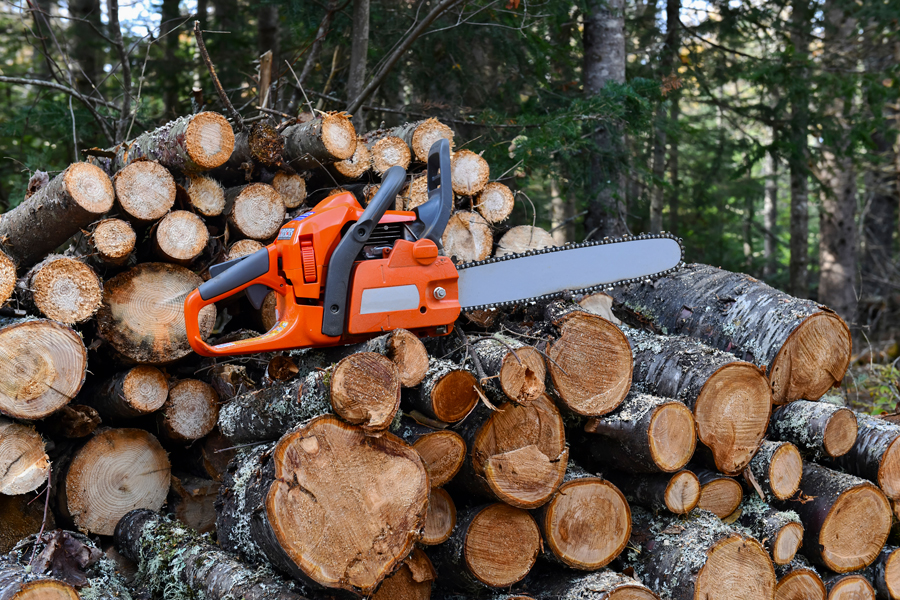
C 1208
Chainsaw Chains and Bars
The action end of a chainsaw, or the part that cuts, is made of the bar and the chain. Chainsaw chains come in many sizes and configurations and not all saws can handle all bars. To make the right choices for the job, a saw operator should be aware of the cutter type, pitch, gauge, and cutter configuration when purchasing a chain or a chainsaw.
Josh Fuder
|
-

Irrigation systems are used by farmers and homeowners to supply supplemental
water to their crops. At the end of the growing season, the irrigation system should be checked and winterized to maintain proper operation for the coming season.This publication provides a list of suggested things that should by done on both drip and center pivot systems to help protect them during the winter months.
Gary L. Hawkins
|
-

Spinner-disc spreaders are commonly used for applying lime and fertilizer to
agricultural fields. Uniform and accurate application of lime and fertilizer is essential. The
performance failures of agricultural materials can be directly related to improper and uneven
application, careless equipment operation, and the separation of blended material due to size
and density differences. The uneven distribution of lime and fertilizer can reduce yields. Effects
of uneven lime or fertilizer distribution are most notable in fields that are low in soil fertility,
because the response to applied nutrients is greatest on these soils.
Proper setup and calibration of application equipment is important to assess its performance and
attain satisfactory results. Even new and well-maintained equipment needs calibration checks
regularly before and during the growing season. This is especially important when changing
from one type of material or blends to another, when changing application rates, and when
altering speeds or other operating conditions.Paul E. Sumner and Simerjeet Virk
|
-
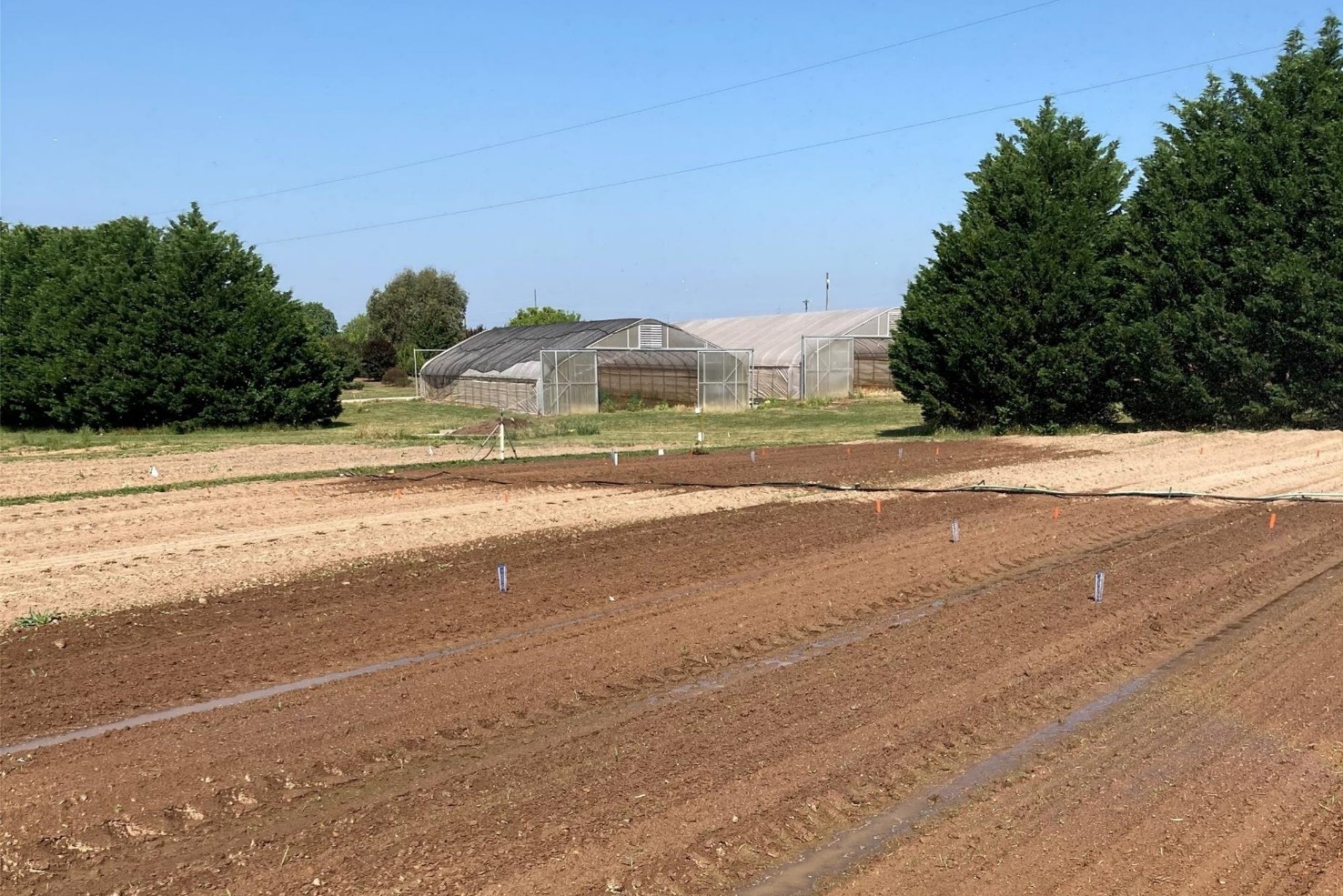
This publication highlights some of the ongoing research into using SSDI in organic vegetable crop production. SSDI facilitates cultivation without harming drip tubing and limits surface soil wetting, which may also reduce weed pressure. Prior research has shown that SSDI offers some advantages over surface-placed drip tubing in conventionally grown crops (Coolong, 2016).
Timothy Coolong, Nicholas Tuschak Basinger, Kate Cassity-Duffey, and Ted McAvoy
|
-

B 1192
Fences for Horses
Fences are necessary to safely confine horses yet provide them with the opportunity to exercise and graze. Because of the natural flight response of horses, they tend to injure themselves in fences more than most other livestock. In addition, many horses are extremely valuable and that justifies the extra cost of building a fence that is safe, strong and attractive. When selecting a fence, consider all three of these important functions: utility (keeping the horses in), safety and aesthetics. How much importance is placed on each function depends on the owner’s budget, the value of the animals and your priorities. A number of alternatives are available for consideration.
John W. Worley
|
-
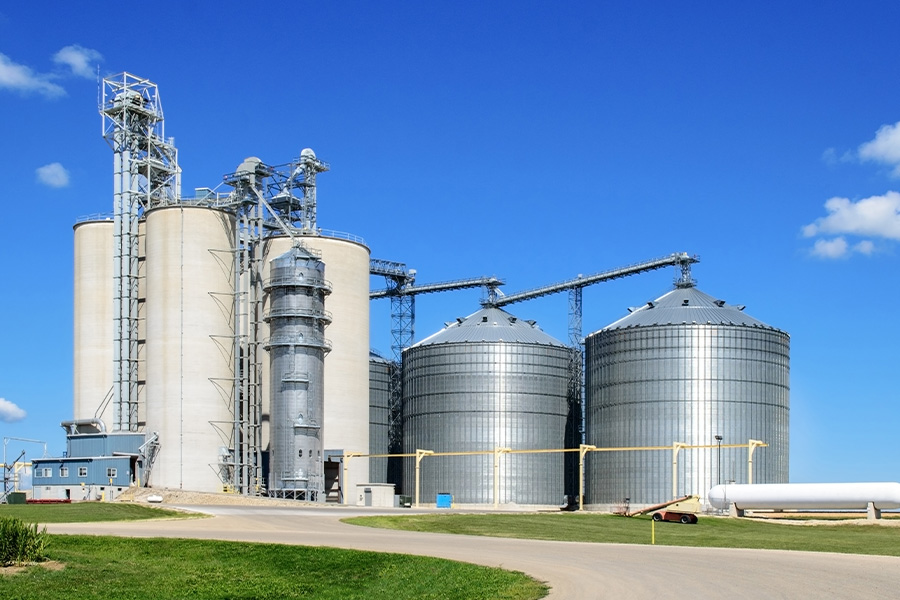
Aeration conditions grain and seed by lowering the temperature of the material and equalizing the temperature within the storage structure. This prevents moisture migration and condensation and can reduce losses during storage.
John W. Worley
|
-
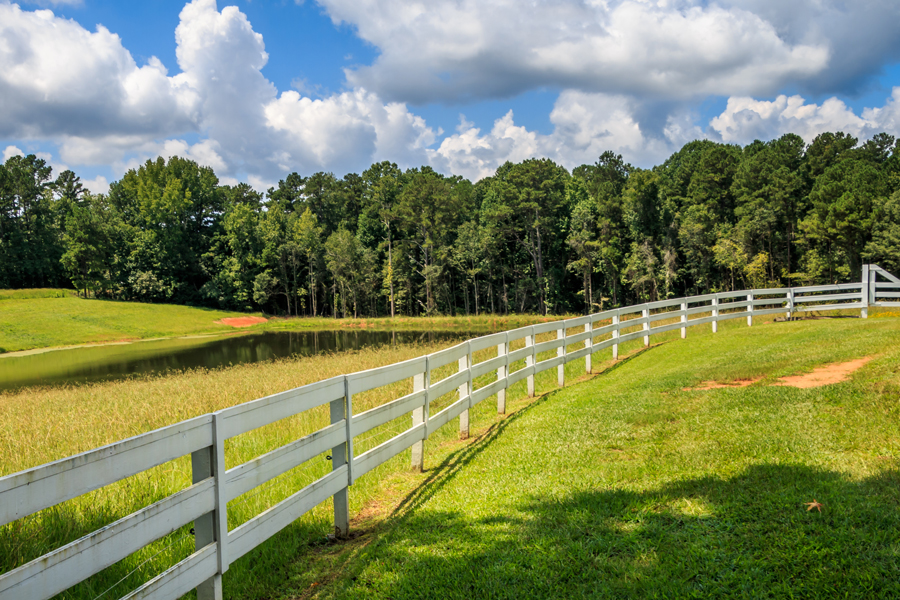
C 774
Fences for the Farm
Fences may be used to protect or divide property, to improve its appearance, to confine animals, or to exclude animals. This publication covers the planning for, type of, materials for, and maintenance of permanent and temporary fences.
John W. Worley
|